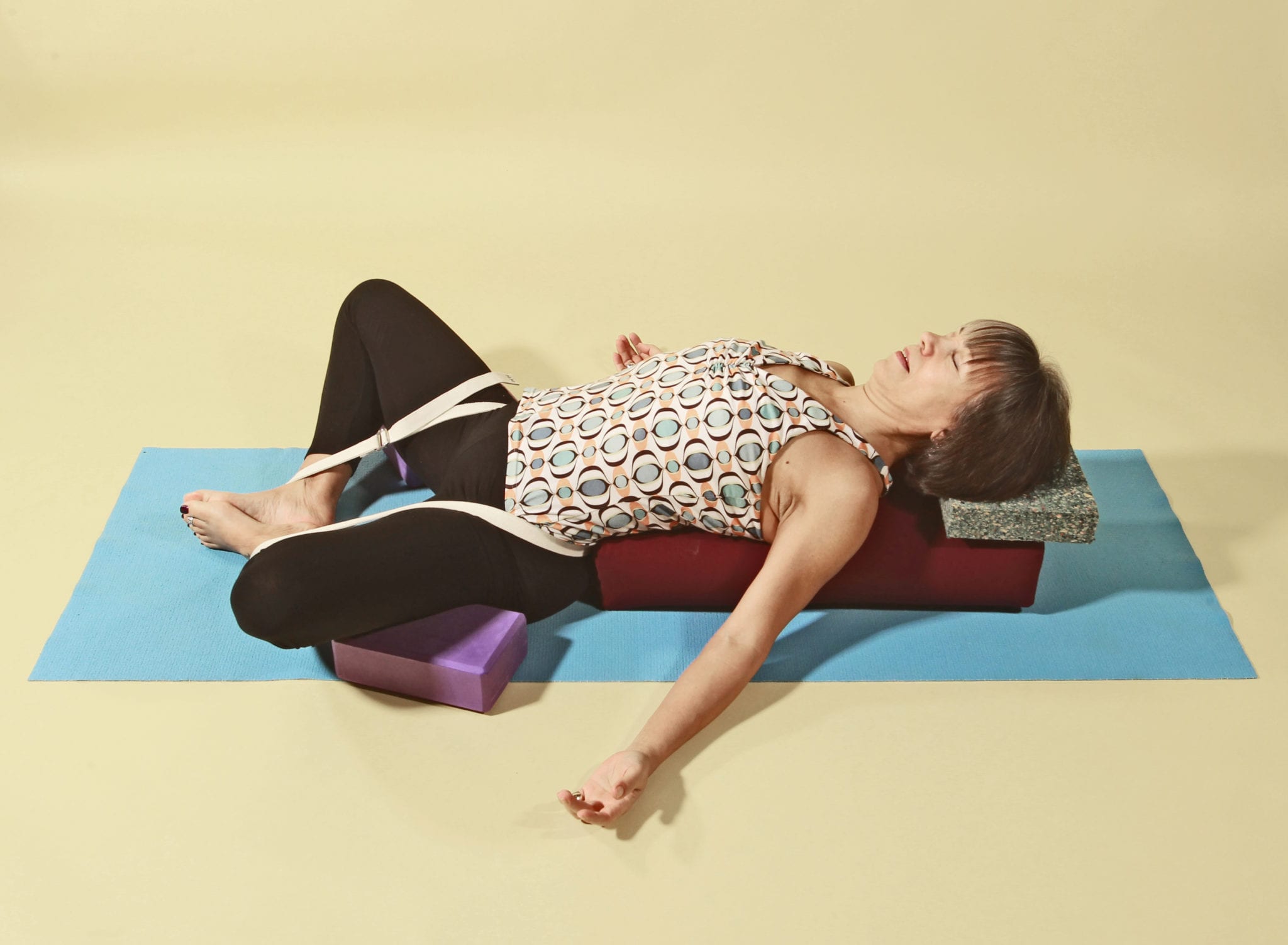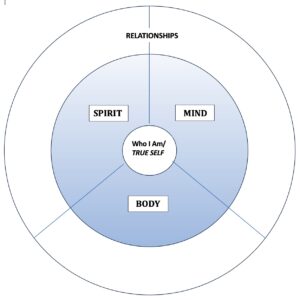I began my meditation practice in 1992, almost 30 years ago. Without question, meditation was and is instrumental in transforming my thoughts, feelings, words and actions. I have more mental, physical and creative energy in this second half of my life than during my 20s and 30s.
Some of you might find yourself responding, “Well, of course you do because the aging process requires you to work smarter, with less effort.” And I agree, but only in part. Yes, there are physical activities for which aging has necessitated “smarter” less strenuous approaches. However, aging does not guarantee mental and emotional wisdom or creative production. These capacities only come with our conscious choice to experience them and to do the work necessary in order to transform accordingly.
Fortunately, meditation is a very effective tool for ceasing the mental and emotional fluctuations we find ourselves experiencing on a day-to-day, even minute-to-minute basis. However, only when we are able to quiet the chatter of our “monkey minds”, can we settle into the silence of meditation and rest in the space where intuitive, creative innovation emerges.
The reason our minds are constantly, and once you listen to them, inanely chattering is we have lost our ability to concentrate. In yoga terms, we have lost our ability to be mindful — present to the moment, on purpose and without judgment. Concentration or dharana is a learned skill, and there are many prescribed techniques to regain mindfulness. Most notably, they are focusing on the inhaled and exhaled breath at the tips of the nostrils or gazing softly at a burning candle flame or concentrating on the movement of thoughts. Each of these techniques or practices, with time, begins to quiet or steady the mind.
The steadying of the attention develops so many powers. Clairvoyance and clairaudience are powers that come about by the study of dharana.
Vimala Thakar, The Thinking Mind
Clairvoyance literally means clear seeing — the supposed faculty of perceiving things or events in the future or beyond normal sensory contact. The italicized definition eludes to our ability to intuit right direction and right action in the moment when an event is first emerging and before it is a fait accompli. Thus, we intervene early on our best behalf. Clairaudience, on the other hand, refers to our ability “to perceive, as if by hearing, what is inaudible”. A quiet, steady mind allows us to access our subconscious and unconscious, thereby giving them a voice and significantly broadening our base of knowledge and wisdom.
… through the study of concentration, one can arouse the … experiences contained in the subconscious and unconscious.
What you call the occult and transcendental experiences, they are all contained in you and me, all the experiences that
the race has gone through are contained, concealed in you and me. Vimala Thakar
Has this captured your attention? It certainly caught my interest. Now, you don’t have to believe me when I say the answer to every question you hold lies available within you. Instead, experiment with one of your own outstanding questions, which is another dharana technique. Close your eyes, and repeat the question as your point of focus or concentration for even 5 or 10 minutes. The answer may take a minute, an hour, a day or even a week to arrive, but in my own experience, it definitely shows up. Of course, you need to be able to hear it when it does emerge.
Eventually, we release the need for techniques and methods and enter into the ultimate stillness of meditation. Thakar further states this is when our exploration and experience expands into something different — the Supreme Intelligence. For those of you curious as to what the supreme intelligence is, I suggest you learn to concentrate and then meditate. And if you are curious as to what meditation is, it is effortless and without technique — an acquired ability to be fully present unconditionally, to let go completely in the presence of all that is. And, by the way, you can lie down or sit up to meditate.





